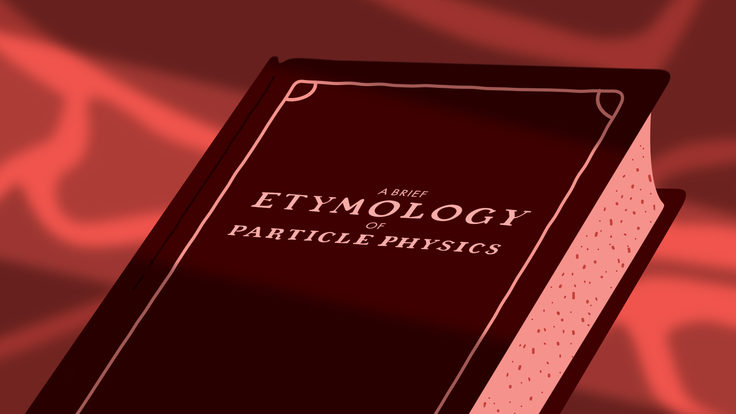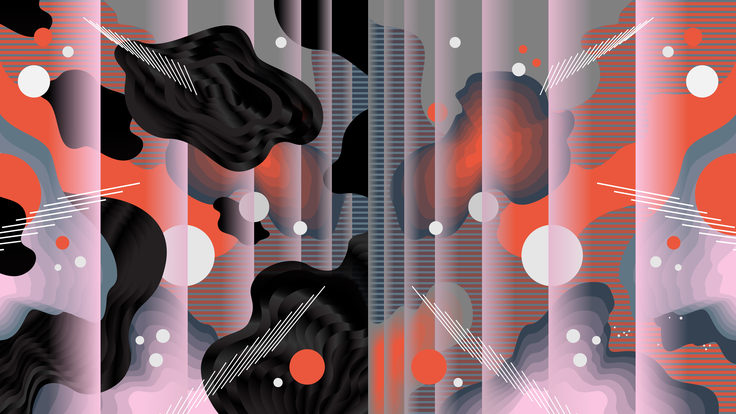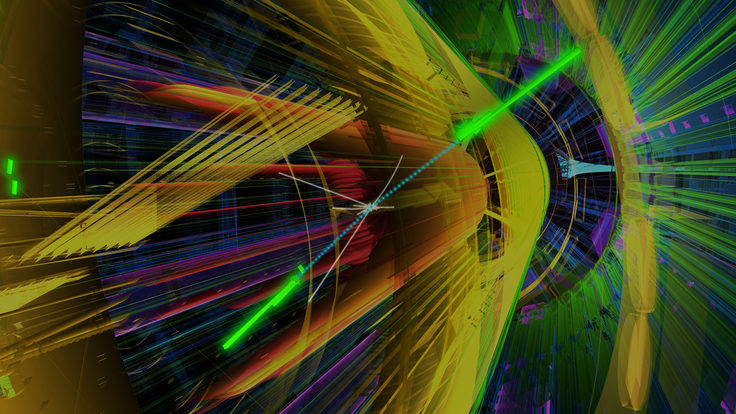Since it went up in 1991, the arXiv (pronounced like the word “archive”) has been a hub for scientific papers in quantitative fields such as physics, math and computer science. Many of its million-plus papers are serious products of intense academic work that are later published in peer-reviewed journals. Still, some manage to have a little more character than the rest. For your consideration, we’ve gathered seven of the quirkiest physics papers on the arXiv.
Can apparent superluminal neutrino speeds be explained as a quantum weak measurement?
In 2011, an experiment appeared to find particles traveling faster than the speed of light. To spare readers uninterested in lengthy calculations demonstrating the unlikeliness of this probably impossible phenomenon, the abstract for this analysis cut to the chase.

Quantum Tokens for Digital Signatures
Sometimes the best way to explain something is to think about how you might explain it to a child—for example, as a fairy tale.

A dialog on quantum gravity
Unless you’re intimately familiar with string theory and quantum loop gravity, this Socratic dialogue is like Plato’s Republic: It’s all Greek to you.

The Proof of Innocence
Pulled over after he was apparently observed failing to halt at a stop sign, the author of this paper, Dmitri Krioukov, was determined to prove his innocence—as only a scientist would.
Using math, he demonstrated that, to a police officer measuring the angular speed of Krioukov’s car, a brief obstruction from view could cause an illusion that the car did not stop. Krioukov submitted his proof to the arXiv; the judge ruled in his favor.

Quantum weak coin flipping with arbitrarily small bias
Not many papers in the arXiv illustrate their point with a tale involving human sacrifice. There’s something about quantum informatics that brings out the weird side of physicists.


10 = 6 + 4
A theorist calculated an alternative decomposition of 10 dimensions into 6 spacetime dimensions with local Conformal symmetry and 4-dimensional compact Internal Symmetry Space. For the title of his paper, he decided to go with something a little simpler.

Would Bohr be born if Bohm were born before Born?
This tricky tongue-twisting treatise theorizes a tangential timeline to testify that taking up quantum theories turns on timeliness.














